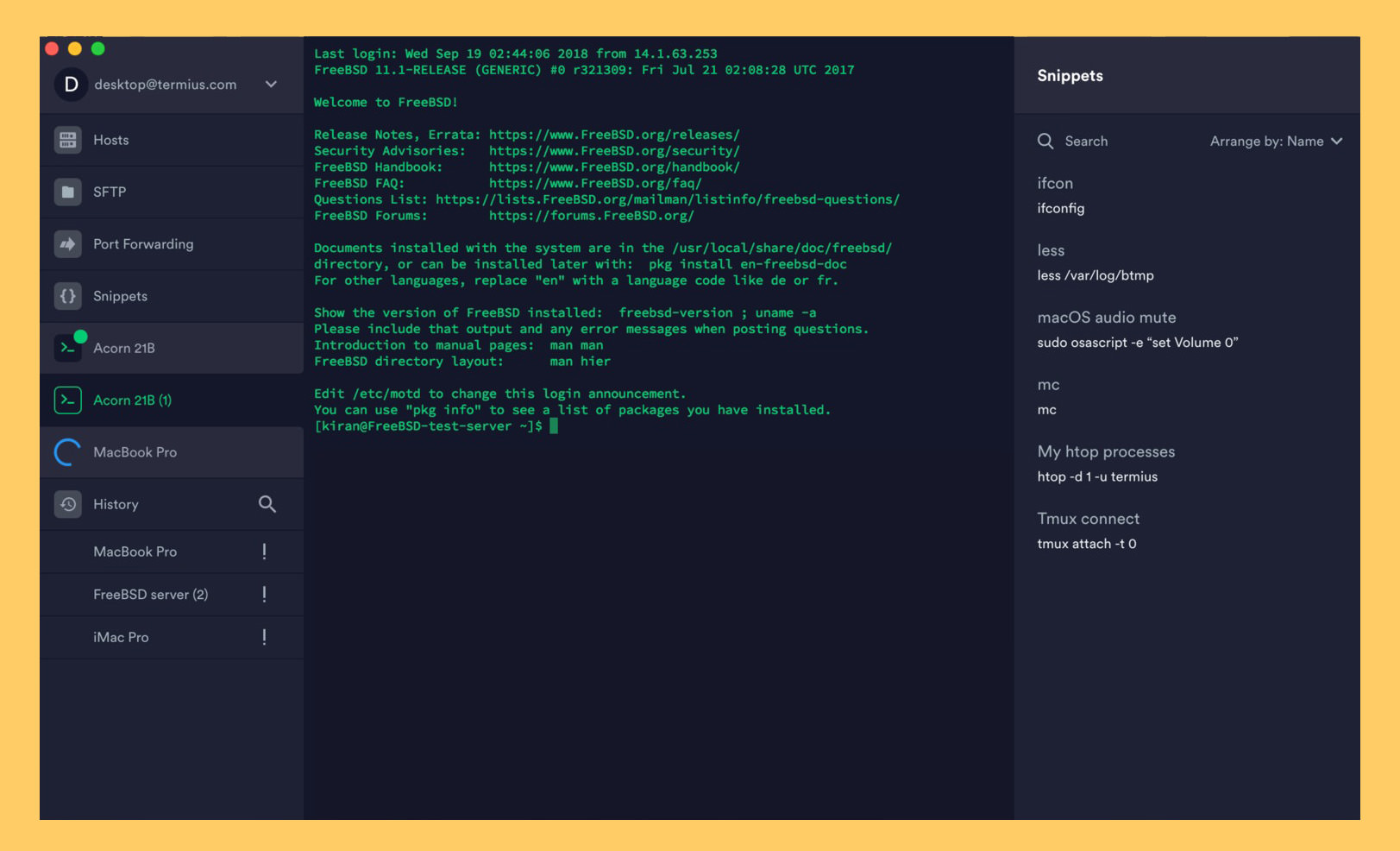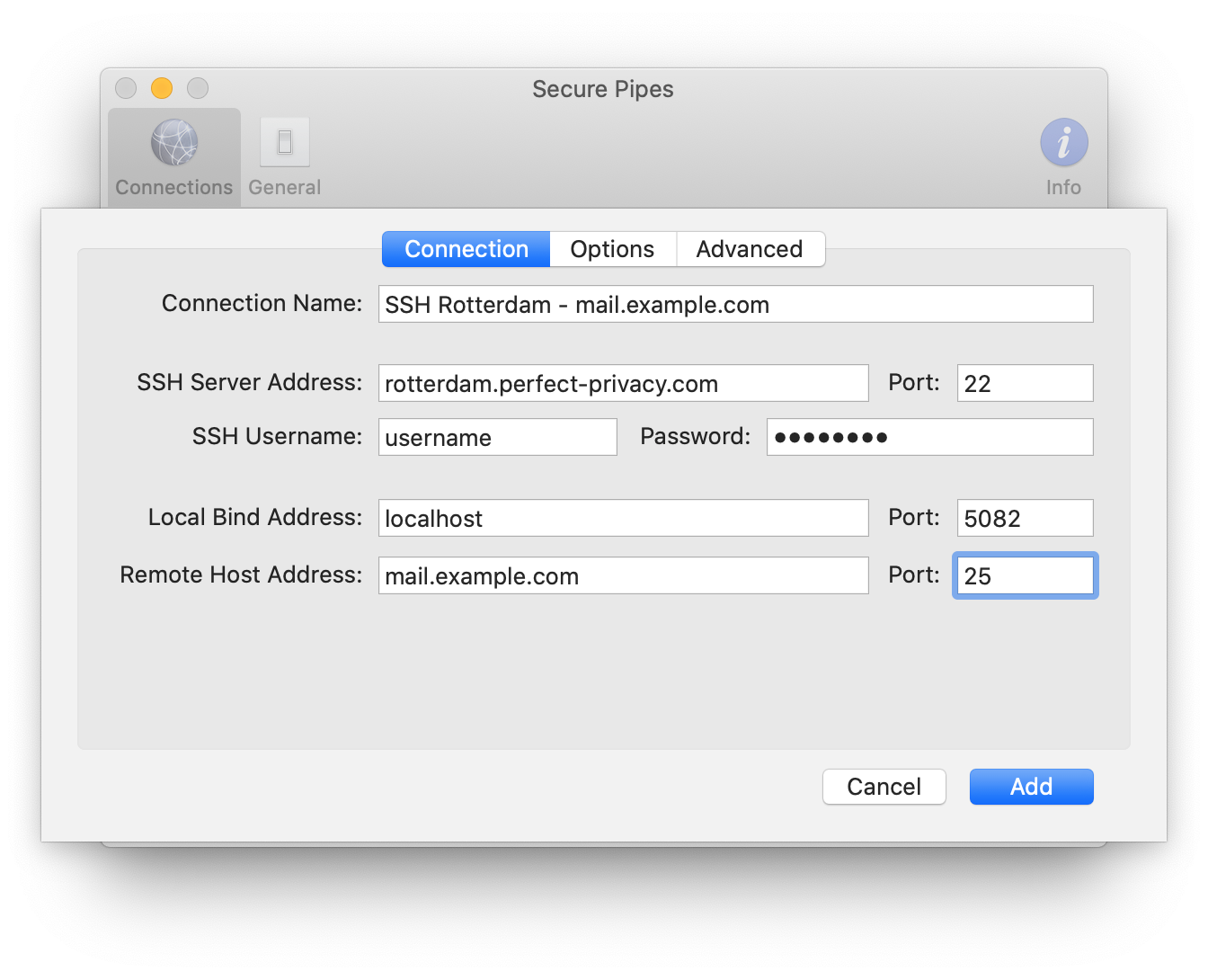SSH IoT Anywhere On Mac: Free Download & Guide
Are you seeking a way to unlock secure remote access to your Internet of Things (IoT) devices, transforming your Mac into a powerful control center from anywhere on the globe? The ability to remotely manage your IoT devices securely is no longer a futuristic fantasy but a practical reality within your grasp.
The intersection of technological innovation and the ever-growing need for secure connectivity has propelled the rise of tools designed to facilitate remote access and management of devices. One such tool is Secure Shell (SSH), a protocol that offers a robust and encrypted channel for interacting with your IoT devices, making remote access not just possible, but secure.
Let's delve into the intricacies of SSH, exploring how to download and configure it for free on your Mac, and understanding its capabilities to the fullest. Whether you are a seasoned IT professional, a developer or simply an enthusiast, this guide will walk you through the nuances of remote management, ensuring your digital experience is both streamlined and secure.
The evolution of technology demands a constant adaptation of methods for securing our devices and the data that flows through them. SSH stands as a critical tool, empowering you to manage your IoT devices securely. This guide will walk you through everything you need to know to use SSH, with a focus on security best practices.
Consider SSH as your digital bridge, enabling you to connect to remote servers and IoT devices with confidence. It provides a direct, secure link that can be accessed from anywhere, ensuring seamless control of your devices. With SSH, you are not only gaining control but also the peace of mind that comes with knowing your connections are secure.
This guide is crafted to be accessible to both beginners and advanced users. You'll find detailed explanations, practical tips, and clear, actionable steps designed to help you leverage the full potential of SSH IoT on your Mac. Think of it as your comprehensive roadmap to mastering SSH, allowing you to take full control of your remote devices with confidence.
SSH is not merely a tool; it's a game-changer in a world where security and accessibility go hand in hand. By using SSH, you transform your Mac into a command center, able to securely control and manage your IoT devices. From any location, you can maintain your devices, ensuring your digital ecosystem functions seamlessly.
The following table provides a straightforward guide on how to set up and use SSH for IoT management. This table includes information on where to download SSH, how to set it up, best practices to follow, and security considerations to keep in mind.
| Topic | Description | Actionable Steps |
|---|---|---|
| Introduction to SSH IoT | SSH IoT is a method of using SSH to connect to and manage IoT devices remotely. It offers secure access, making it essential for modern remote device management. | Understand the basic concepts: secure connections, remote access, and device management. |
| Where to Download SSH IoT | SSH is typically available on most operating systems. On a Mac, it's often pre-installed, making the initial setup straightforward. | For Mac: Open the Terminal app. For Windows: Consider using a SSH client like PuTTY or OpenSSH (available in Windows 10 and later). |
| Setting Up SSH IoT | This involves enabling SSH on your IoT devices and configuring your Mac or computer to connect securely. The process may vary based on the device and operating system. |
|
| Best Practices | Implementing best practices enhances the security of your SSH connections and minimizes the risk of unauthorized access. |
|
| Security Considerations | Addressing security concerns is crucial to safeguarding your devices and data. Evaluate and mitigate the risks of remote access. |
|
| SSH IoT Anywhere vs. Other Methods | Understanding how SSH compares to other remote access methods helps you make an informed choice. SSH offers more security compared to other methods. |
|
| Key Benefits of SSH IoT | Highlighting the advantages of using SSH for IoT. |
|
| Compatibility | SSH is compatible with multiple operating systems, including macOS, Windows 10 and later, and Linux-based systems. This broad compatibility ensures you can manage IoT devices across different platforms. |
|
Reference: For more detailed information and best practices, consult the OpenSSH documentation, available at https://www.openssh.com/.
The core idea behind SSH is simple: It provides a secure, encrypted tunnel over which you can send commands and receive responses. This means that all the data passing between your Mac and your IoT devices is protected from eavesdropping. The encryption is essential; it's what sets SSH apart from less secure alternatives like Telnet.
The remoteiot platform often provides a seamless solution for downloading and setting up SSH for free, making remote device management more manageable than ever. Remote device management becomes simple.
With SSH, you can securely connect to your IoT devices from anywhere in the world, providing a powerful tool designed to offer secure, remote access to your IoT devices and networks. This technology gives you the capability to handle your devices effectively, irrespective of physical location. SSH transforms how you interact with your IoT ecosystem.
You might be wondering how to actually download and use SSH, particularly on a Mac. Fortunately, the process is straightforward. On macOS, SSH is pre-installed, which simplifies the initial setup. You can typically access SSH directly through the Terminal application.
Here's a step-by-step guide to get you started:
- Access the Terminal: Open the Terminal application on your Mac. You can find it in the /Applications/Utilities/ folder.
- Find the IP Address: Determine the IP address of the IoT device you wish to connect to. This will be necessary for establishing the SSH connection.
- Connect via SSH: Use the ssh command, followed by the username and the IP address of your IoT device. The general command format is: ssh username@IP_address. For instance, if the username is 'pi' and the IP address is 192.168.1.100, the command will be ssh pi@192.168.1.100.
- Enter Password: When prompted, enter the password for the user on the IoT device.
- Verification: If the connection is successful, you should see a command prompt indicating that you are now connected to the IoT device via SSH.
With the increasing demand for remote management of IoT devices, SSH has become indispensable. It's an essential tool for anyone aiming to securely manage and control their devices from a distance, providing a robust method to protect your connections.
In today's digital world, having the ability to use SSH IoT from anywhere has become a crucial tool for those who want secure access to their devices remotely. Whether you're a tech enthusiast or a professional, understanding how to use SSH from anywhere can significantly enhance your productivity. It allows you to maintain, monitor, and control your devices with confidence, transforming your device management capabilities.
Once you have SSH set up, there are several best practices you should implement to enhance security and usability:
- Change the default SSH port: By default, SSH uses port 22. Changing this to a different port can help to prevent automated attacks.
- Use strong passwords or SSH keys: SSH keys are highly recommended over passwords because they are more secure. They use cryptographic methods that are more difficult to crack.
- Regularly update your SSH server: Keep the SSH server software updated to patch any security vulnerabilities that might arise.
- Use a firewall: Configure your firewall to restrict access to the SSH port only to trusted IP addresses.
- Enable two-factor authentication (2FA): If supported, enable 2FA to add an extra layer of security.
- Disable password-based authentication: If possible, disable password-based authentication and only use SSH keys for authentication.
If you need a seamless way to access remote servers from your mac or windows 10 device, SSH provides the answer. SSH is like your golden ticket to remote access and secure connections, which allows you to safely and efficiently access your IoT devices.
Beyond the basic setup, there are several advanced aspects to consider:
- SSH Keys: Using SSH keys provides a more secure method of authentication. Instead of passwords, SSH keys employ cryptographic keys to verify your identity.
- Port Forwarding: Port forwarding is a feature that allows you to access services running on the IoT device from your Mac.
- Tunneling: SSH tunneling provides an extra layer of security, letting you encrypt any traffic, useful for securing connections to services.
By leveraging SSH, you can securely manage remote IoT devices, providing access, control, and troubleshooting options. This can be useful for managing industrial systems or for developers who need to manage their device remotely.
Security is always paramount, so you should consider the following:
- Choose strong passwords or keys: Always use secure passwords or, preferably, SSH keys to protect access to your devices.
- Implement a firewall: Use a firewall to limit access and protect against unauthorized connections.
- Regularly update your systems: Keep the SSH server and your devices updated to fix known security vulnerabilities.
- Monitor and audit access: Monitor SSH logs for any suspicious activity.
With SSH, you can enjoy the convenience of remote access without compromising security.
Whether you're a developer, network administrator, or tech enthusiast, understanding how to set up and use SSH IoT from anywhere for free can significantly enhance your workflow. So, grab a cup of coffee and dive into the world of secure connections and IoT possibilities. In this article, you'll be an SSH IoT pro.


